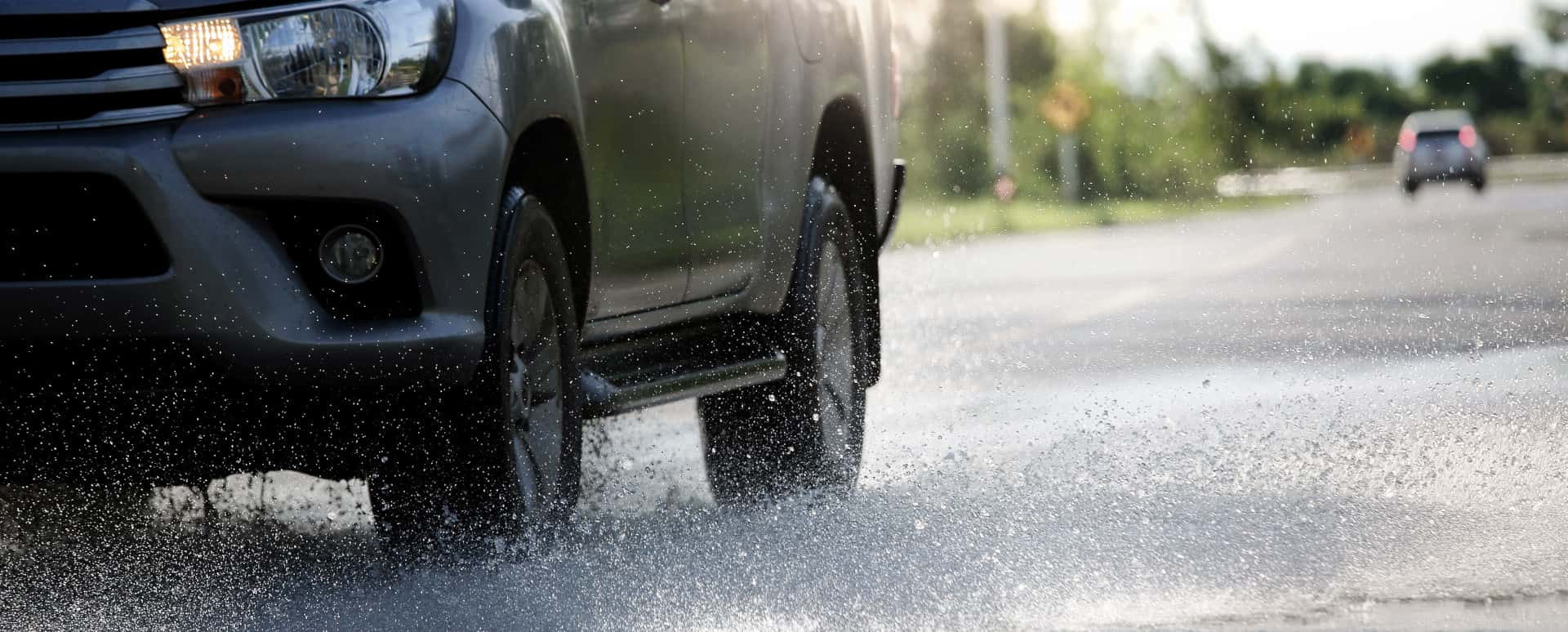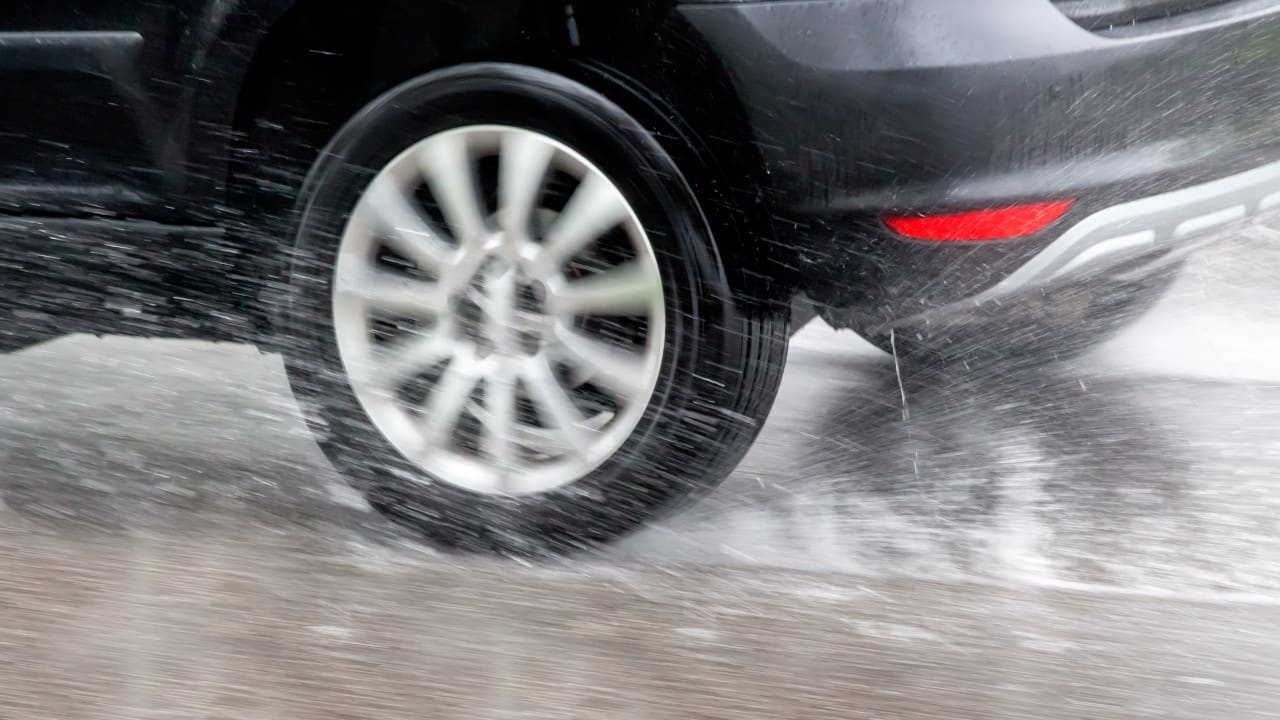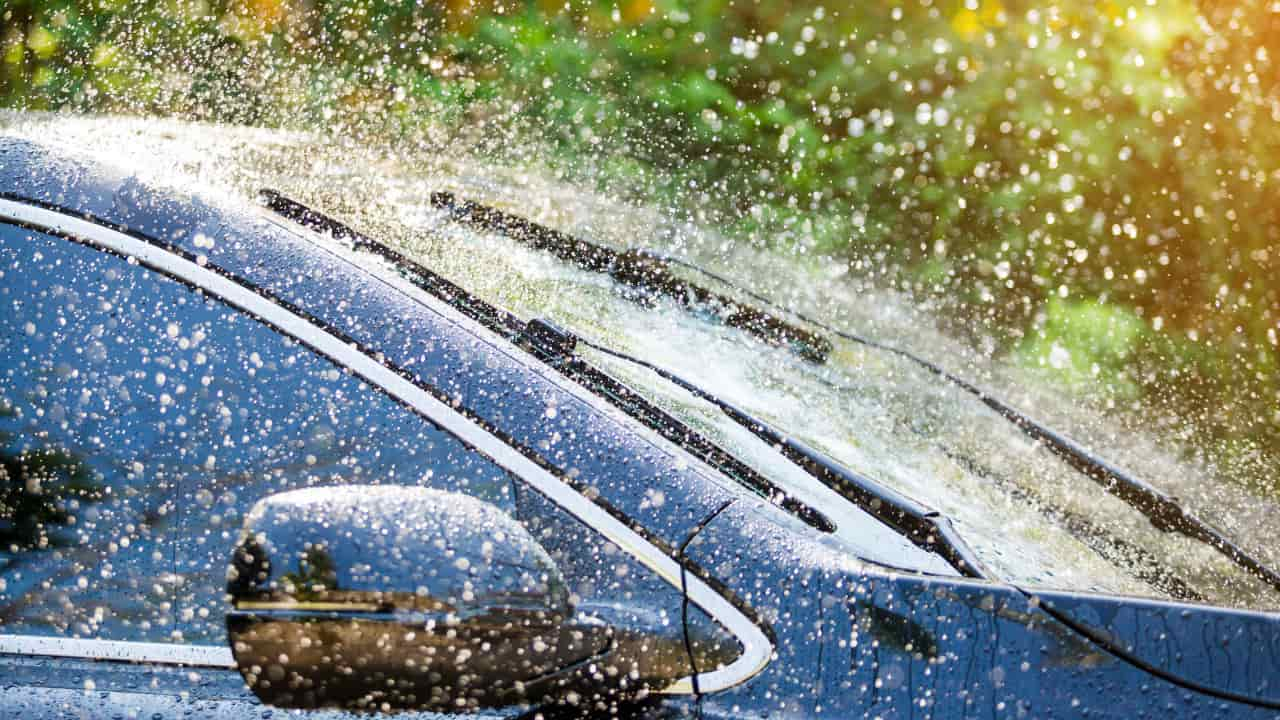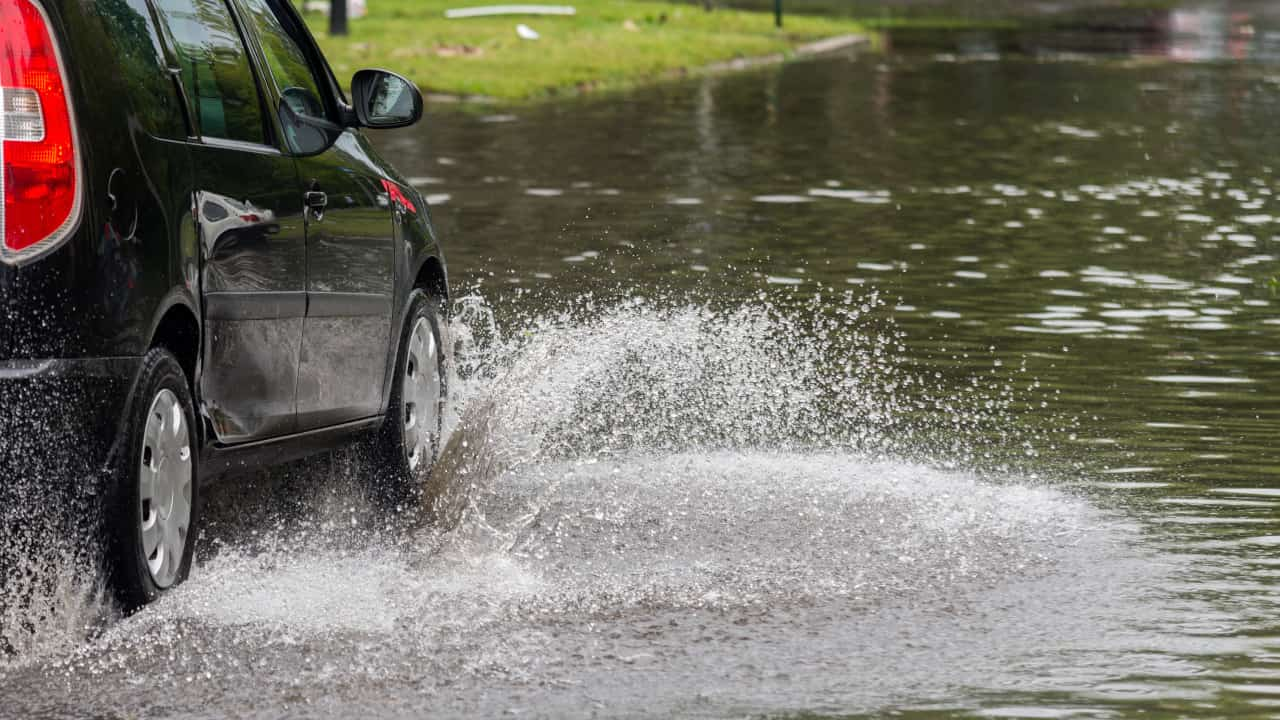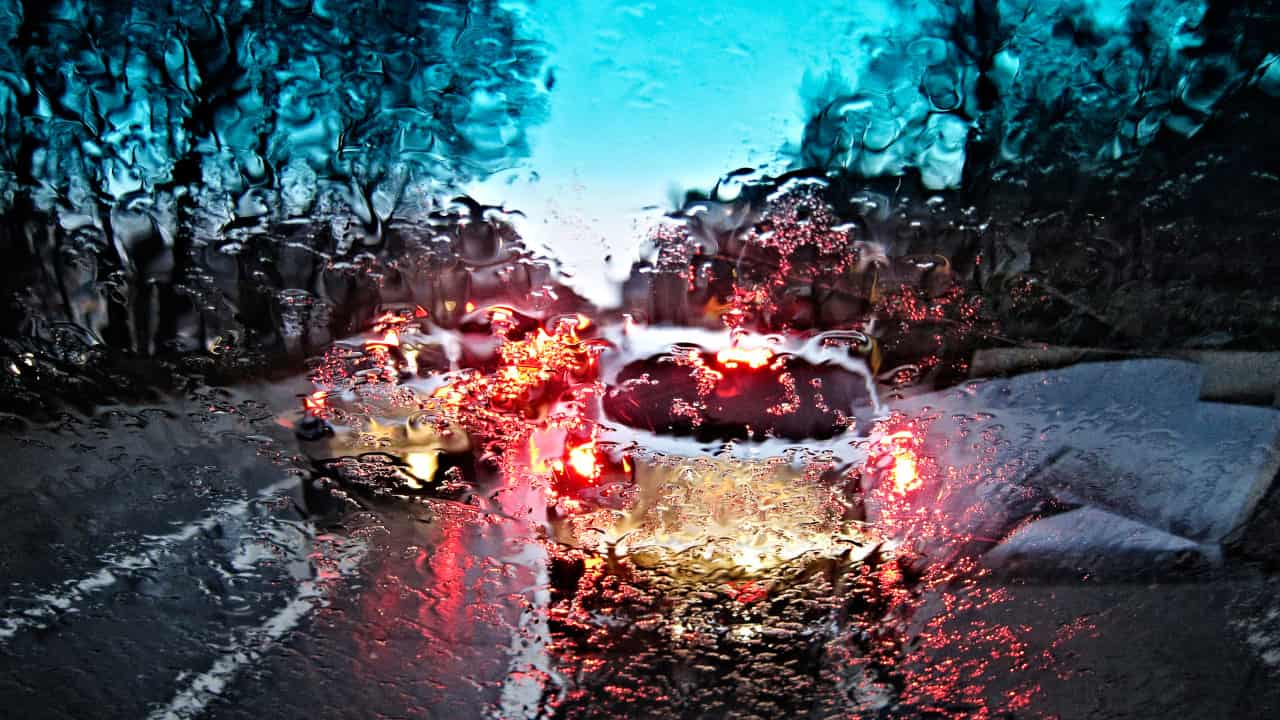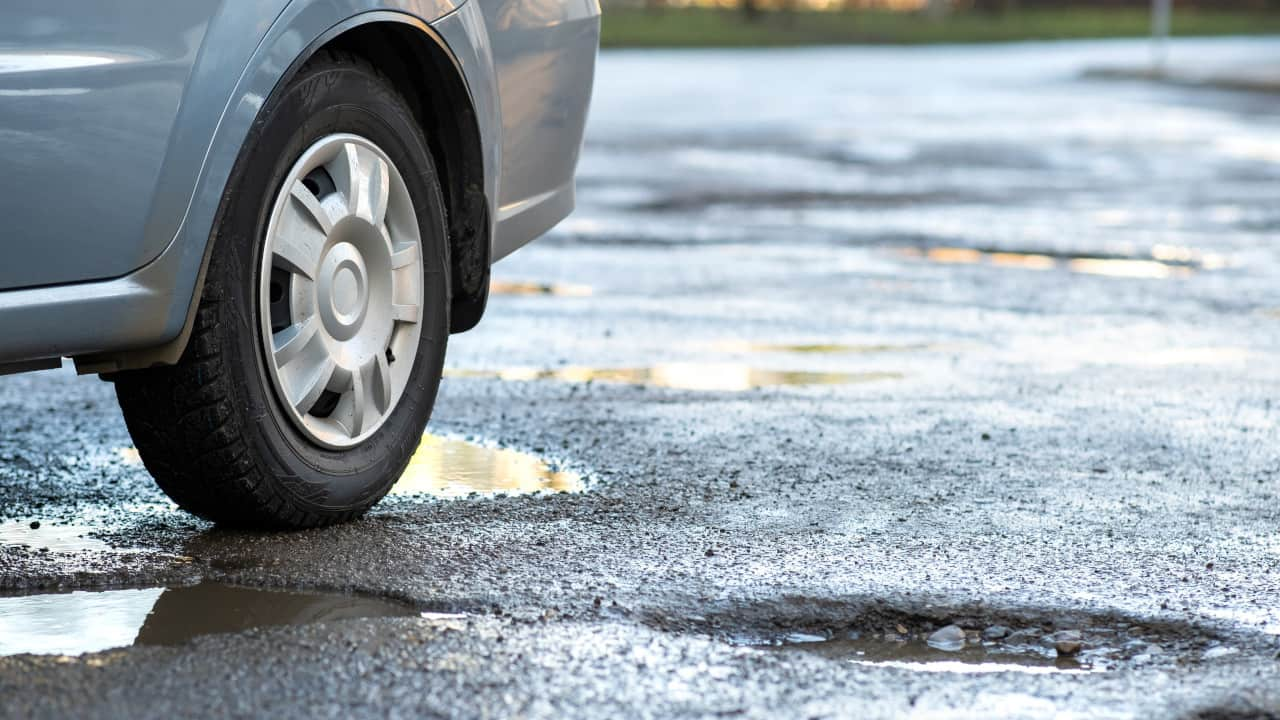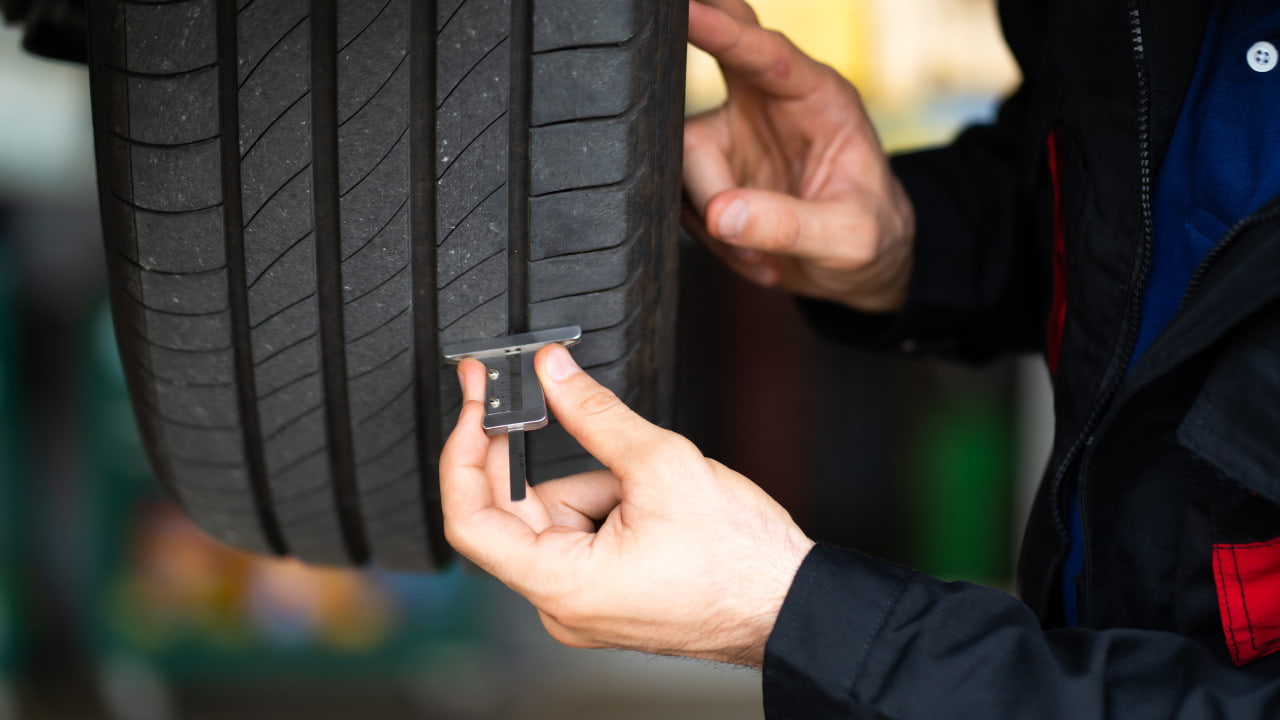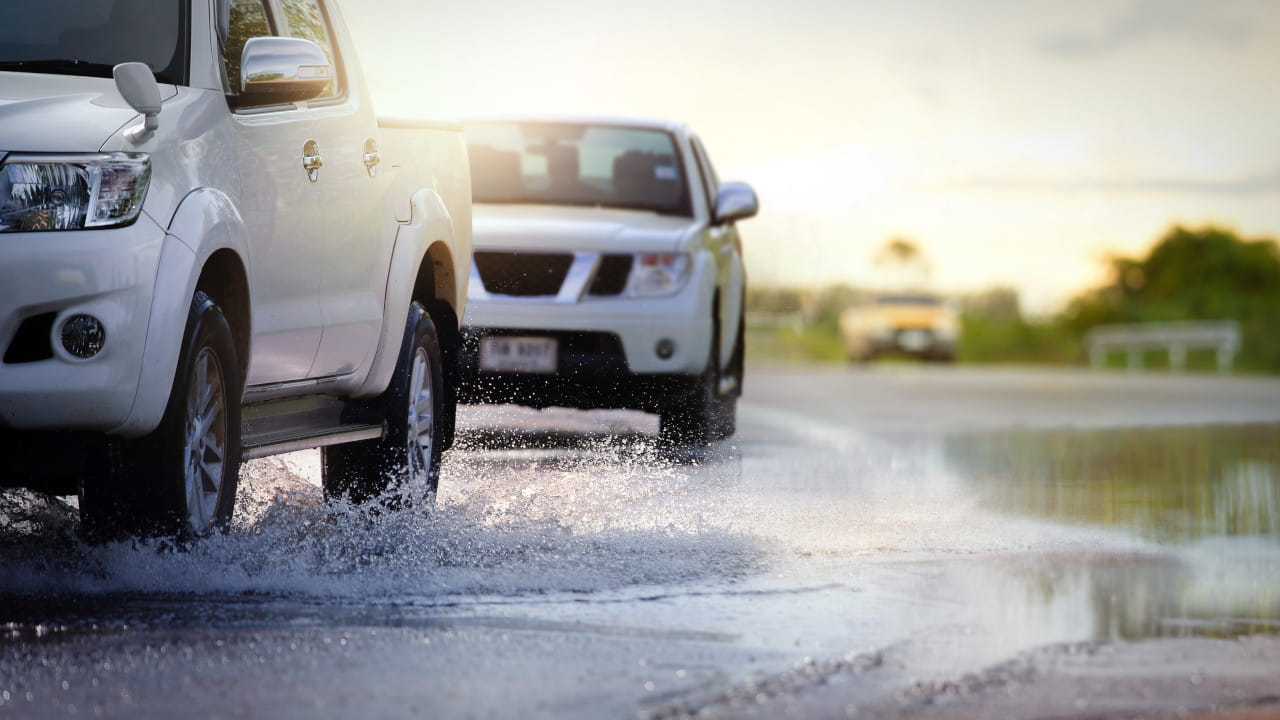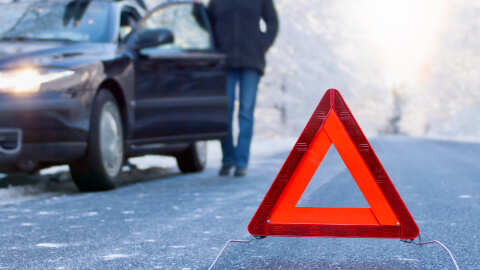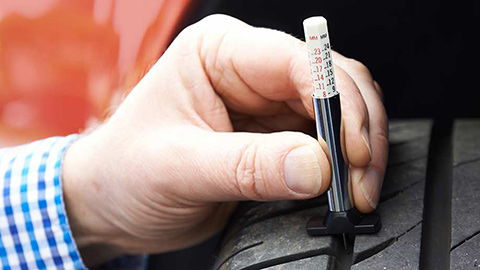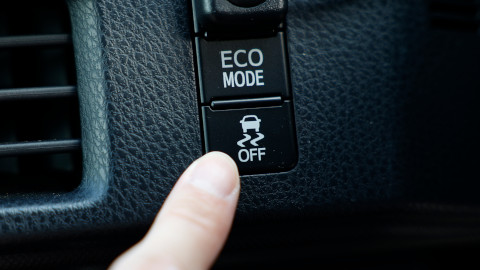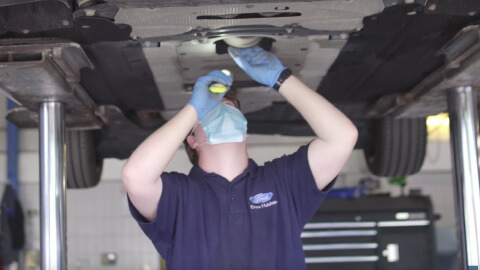Driving in the rain
British weather is typically known for its heavy rainfall all year round, and plenty of road accidents occur as a result of rain, wet surfaces, and fords on the road.
With the unpredictable weather we frequently see in the UK, many drivers will experience aquaplaning at one point or another. But what exactly is aquaplaning, and how can you prevent it from happening in the future? Our expert guide will tell you everything you need to know.
- What is aquaplaning?
- What causes aquaplaning?
- What's the difference between aquaplaning and hydroplaning?
- How to tell if your car is aquaplaning
- What to do if your car aquaplanes
- Tyre safety
- How to prevent aquaplaning
What is aquaplaning
Simply put, aquaplaning (also known as hydroplaning) happens as a result of rainfall creating pools of water on the road. Encountering a body of water means your tyres can lose contact with the road surface, creating a layer of water between them and the road.
Subsequently, the vehicle's tyres will experience a loss of traction, which causes the driver to lose control of their car and decreases the ability to brake, accelerate, and steer appropriately.
Generally speaking, aquaplaning is a simple concept to understand, and is a common issue amongst drivers in the UK. However, it's not to be taken lightly, as it can have devastating effects for the driver and other road users.
What Causes Aquaplaning
Aquaplaning happens as a result of excess water on the road surface, however there are numerous other factors that can put your vehicle at risk, with some of the most common causes including:
- Tyre Tread: Low tyre tread can cause your tyres to lose contact and grip with the road surface.
- Deep Water: The deeper the water, the less traction your vehicle's tyres have on the road, therefore increasing the chance of aquaplaning.
- Speed: Aquaplaning is more likely to occur when drivers are travelling at higher speeds, as it means tyres have less chance of gripping the road surface.
What's the difference between aquaplaning and hydroplaning?
The terms 'aquaplaning' and 'hydroplaning' are often used interchangeably when discussing loss of traction due to water build up on the road surface.
Although typically 'aquaplaning' is used more frequently to describe the phenomenon, 'hydroplaning' has the same meaning and is regularly used as a synonym.
How to tell if your car is aquaplaning?
So, you understand what aquaplaning is and why it occurs, but how do you identify when your car is experiencing aquaplaning? There are a few telltale signs that you can look out for should you come across aquaplaning in the future:
- Light steering
- Increased engine noise
- Fishtailing: The back of your car will start to drift slightly
Although you must be aware of the dangers of aquaplaning, it's essential to remain calm if you experience any of the effects mentioned above. Panicking can lead to abrupt reactions which could make the situation a lot worse and put yourself and other road users in danger.
What to do if your car aquaplanes
If you suspect your car is experiencing aquaplaning, make sure to go easy on the accelerator. Lift off the accelerator slowly and avoid stamping on the brake pedal - this will slow your car down and help your tyres safely make contact with the road.
Try to grip your steering wheel as firmly as possible to keep your vehicle straight if the steering feels light – this will avoid skidding and help you retain grip on the road surface. Only when you feel more in control of your vehicle should you begin to brake, as this could affect your car's balance and cause wheelspin.
Tyre Safety
When it comes to tyres, there are a few simple steps that can be followed to help minimise the chances of aquaplaning. Firstly, it's important to ensure your tyres are road-safe and legal by checking they're properly inflated and the correct tread depth.
Under-inflated tyres can be extremely dangerous and could lead to serious consequences if you encounter aquaplaning. You should also keep in mind the minimum tread depth for all vehicles is 1.6mm across 75 percent of the tyre and around the circumference.
You can carry out a number of at-home car maintenance checks to be safe, or for extra peace of mind, simply book a tyre health check to be absolutely sure your vehicle is risk-free and legal.
How to prevent aquaplaning
To keep your car safe from aquaplaning while driving in the rain, you should:
- Plan your journeys: Check weather reports before you set off, as there may be weather condition warnings in your area. Many sat navs and sat nav apps will also show real reports on weather and road conditions.
- Brake gently: Abrupt braking can reduce control in wet conditions and cause loss of traction and skidding.
- Drive at a steady speed: The faster you drive, the more likely you are to lose grip on the road, especially in harsh weather conditions and winter months.
- Know your stopping distances: In wet conditions, stopping distances can double, so make sure to increase your distance from the vehicle in front.
- Avoid large puddles where possible: Most importantly, if you come across a large pool of water on the road, try to go around it if it's safe to do so.
Drive Safe
By understanding what aquaplaning is, how to identify it, and how to prevent it from happening, you can rest assured that you'll be safe on the roads and able to act accordingly should you experience aquaplaning in the future.
For a little more reassurance and peace of mind, book yourself in for a free vehicle health check at your nearest Evans Halshaw dealership.

